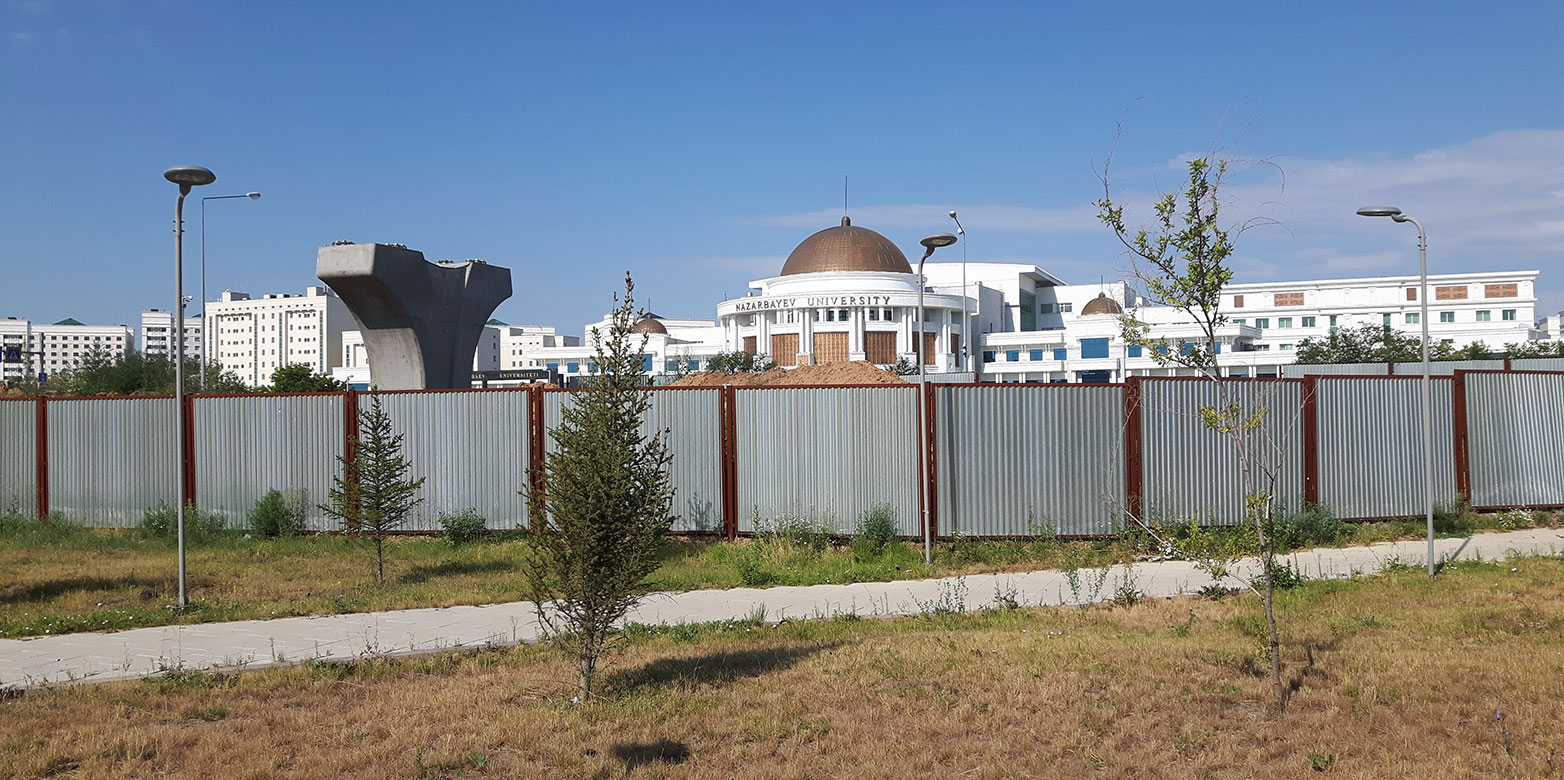Kazakhstan: A Centrepiece in China’s Belt and Road
Kazakhstan is a linchpin for trade and transport links on the Eurasian continent – for China’s “Belt and Road Initiative” (BRI) and beyond – due to its location, vast landmass and energy reserves. It is both the object and the subject of Chinese, Russian and Western geopolitical interests. In this CSS Analysis, Benno Zogg argues that the Kazakhstani case shows that the shape and success of the BRI largely depend on internal, not external, factors.

In September 2013, Chinese President Xi Jinping announced an umbrella, a brand, for ambitious ongoing and future projects: “One Belt One Road”, now renamed the “Belt and Road Initiative”. This vague geo-economic and geo-strategic concept aims at fostering connectedness, economic development and diversifying trade and transport routes. The BRI entails Chinese-led investments in infrastructure and development projects in dozens of countries, worth an estimated 1 trillion dollars – a magnitude unprecedented in the 21st Century. Xi announced this project in Kazakhstan, which was no coincidence. While all Central Asian states hope to become BRI transit corridors and to benefit from investments, Kazakhstan, alongside Pakistan, was preconditioned to be a keystone of the land-based dimension of China’s plan, the Silk Road Economic Belt.
Read more